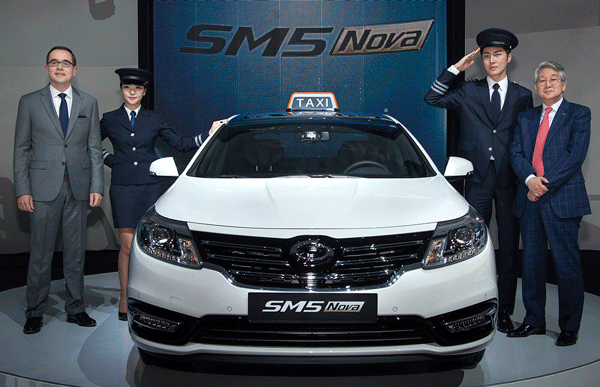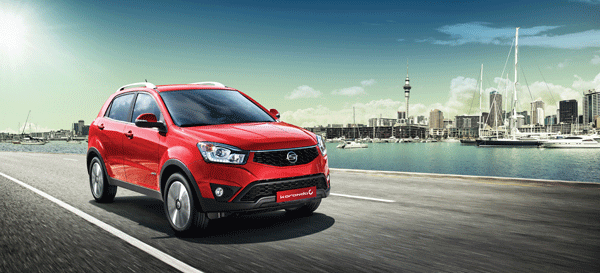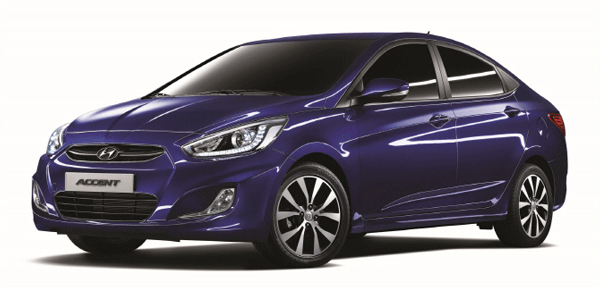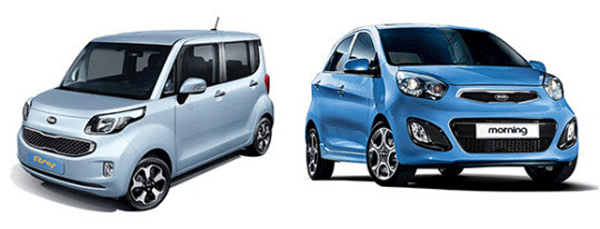Domestic companies target at midsize cars, importers at SUVs
No sooner had the Year of the Blue Sheep dawn than the automobile industry in Korea showed a brisk activity. At the outset of the New Year, Minister of Land, Infrastructure &Transport Suh Seoung-hwan issued orders to a major Korean-foreign joint automaker to recall a total of 99,985 cars of its three models saying their brake pipes leaked oil and they could cause problems with the brake. Just imagine your brake won’t work while you are driving!
On the brighter note, Korean automakers and foreign car importer shave started competing with one another to be the first in baring their new babies.
The domestic car makers in Korea, who have lost some of their market to imported cars, are making an all-out effort to recover the lost land with new automobiles.
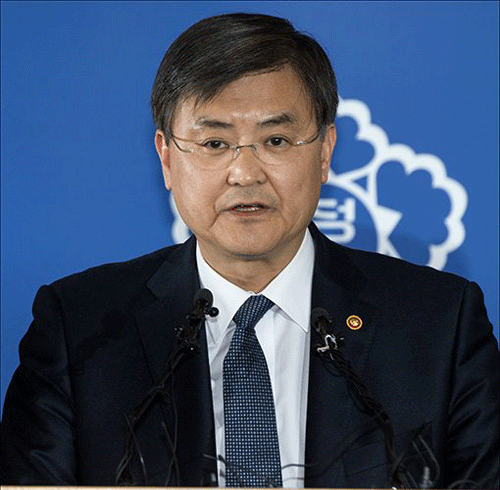
Importers of foreign cars, who have achieved a whopping 25% sales growth last year, want to continue the sales growth into this year, and have already started showing their new cars in order to be ahead of their competitors.
More than 20 million automobiles were registered in Korea last year, which represented an increase in both in production and sales. In the case of the imported cars, an unprecedented 25% increase was recorded.
Both the domestic and foreign auto makers predict a continued growth in sales also this year, and have mapped out impressive sales-marketing strategies.
The domestic auto makers are obviously targeting at medium- and near-medium-sized cars. In contrast, the foreign car importers appear to be concentrating on SUVs that have been showing a sharp upward turn in sales.
Among the domestic car makers showing their new products was Renault Samsung Motors who had an informal press meeting on Jan. 5, 2014 and introduced four new models of SM5 Nova. CEO & Representative Director Francoise Provost of Renault Samsung Motors said that new additions and improvements have been made to the previous SM5 series.
Ssangyong Motor Company introduced a new lineup of 2015 Korando SUV series with new improvements made to the power train of Korando C, including safety and interior and external looks.
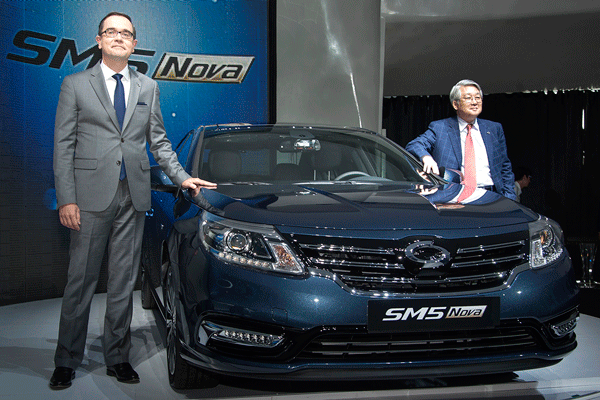
Volvo Motors Korea has released a Cross Country Vehicle which is viewed to be a combination of hatchback and sports utility vehicle designed to present maximum performance both on the city street and in the off-road areas.
GM Korea set an annual domestic sales record of 154,381 vehicles in 2014. Nationwide sales of GM Korea products were up 2.2 percent from 151,040 units sold in 2013, the automaker’s previous record year.
In addition, GM Korea set an all-time monthly domestic sales record of 18,109 vehicles in December. Sales across Korea in the last month of the year increased 1.4 percent from 17,853 units sold in December 2013.
GM Korea benefited from strong demand for its lineup in Korea. Its offerings in the mini, intermediate-midsize and midsize car segments as well as in the RV and mini-commercial segments enjoyed their best month of the year in December.
Sales of the Chevrolet Malibu totaled 2,480 units in December, an increase of 62.5 percent from the same month in 2013. Demand for both the diesel model and the gasoline model remained strong. December was also the nameplate’s twelfth consecutive month of year-over-year sales growth and its best monthly sales since its launch in October 2011.
The Alpheon had its fifth consecutive month of year-over-year sales growth, rising 40.6 percent from December 2013. The 2015 Alpheon, which debuted in August, has enhanced safety and convenience features.
Sales of Chevrolet’s RV family - the Orlando, Captiva and Trax - totaled a collective 4,722 units, an increase of 17.3 percent from the previous December.
According to sources at the MOLIT and the Korean Automobile Manufacturers Association (KAMA), South Korea’s car output is expected to increase in 2015. The global automobile industry is showing signs of recovery thanks to the United States and European economic recovery and steady economic growth in China and India. However, demand could still shrink due to economic recession in emerging markets.
In 2015, the nation’s vehicle production and exports are expected to rise, thanks to continued growth in exports to the US and Canada, a reduction in tariffs on cars, and high domestic demand for replacement of older vehicles.
Under the South Korea-EU FTA, tariffs on vehicles with emissions of less than 1500cc will be additionally reduced from 3.3 percent to 1.6 percent from July 2015.
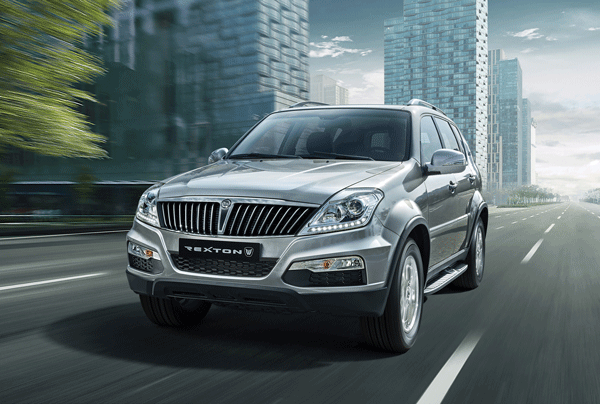
Vehicle output and exports decreased 4.7 percent and 4.0 percent, respectively, in November last year due to market uncertainty in Eastern Europe and General Motors’ withdrawal of its Chevrolet brand from Western Europe.
Auto parts sales fell 9.3 percent in November last year from a year earlier due to continued recession in emerging markets.
According to Best Car Selling Blog on Jan. 9, 2015, sales of new Korean cars are up a robust 6% year-on-year in South Korea to 1,453,786 registrations, and the models sales charts gets a complete reshuffle at the top.
Four years after it last appeared in pole position, the Hyundai Sonata reclaims the leadership at home thanks to the new generation of the model and sales up 22% to 108,014 units. It’s the 9th time overall that the Sonata tops its home sales charts.
